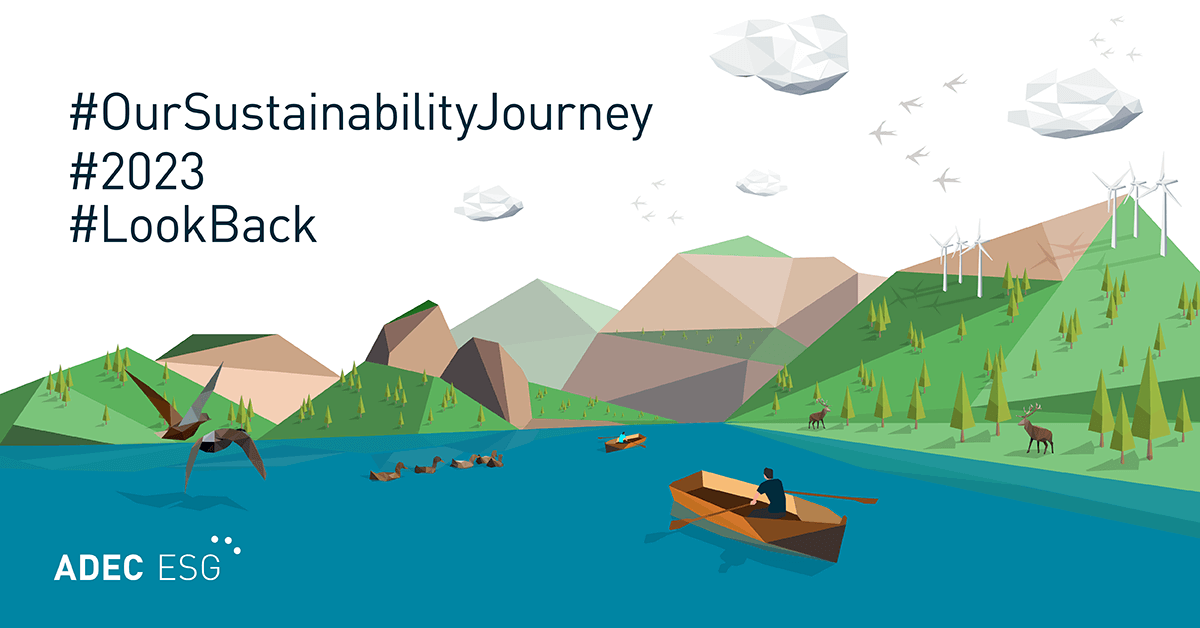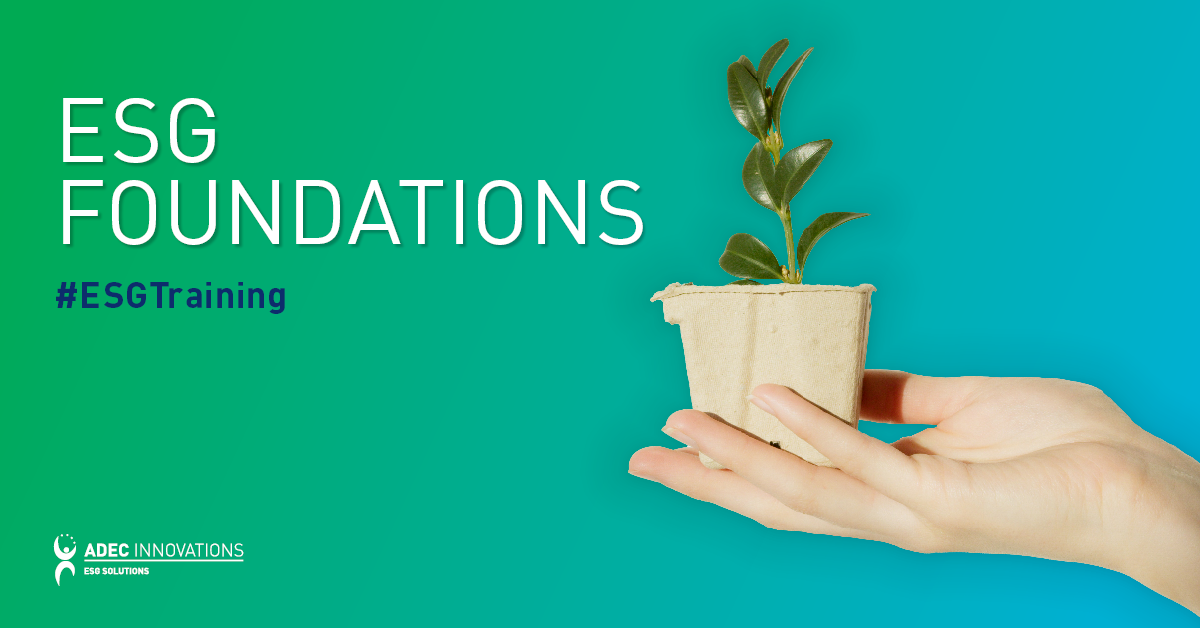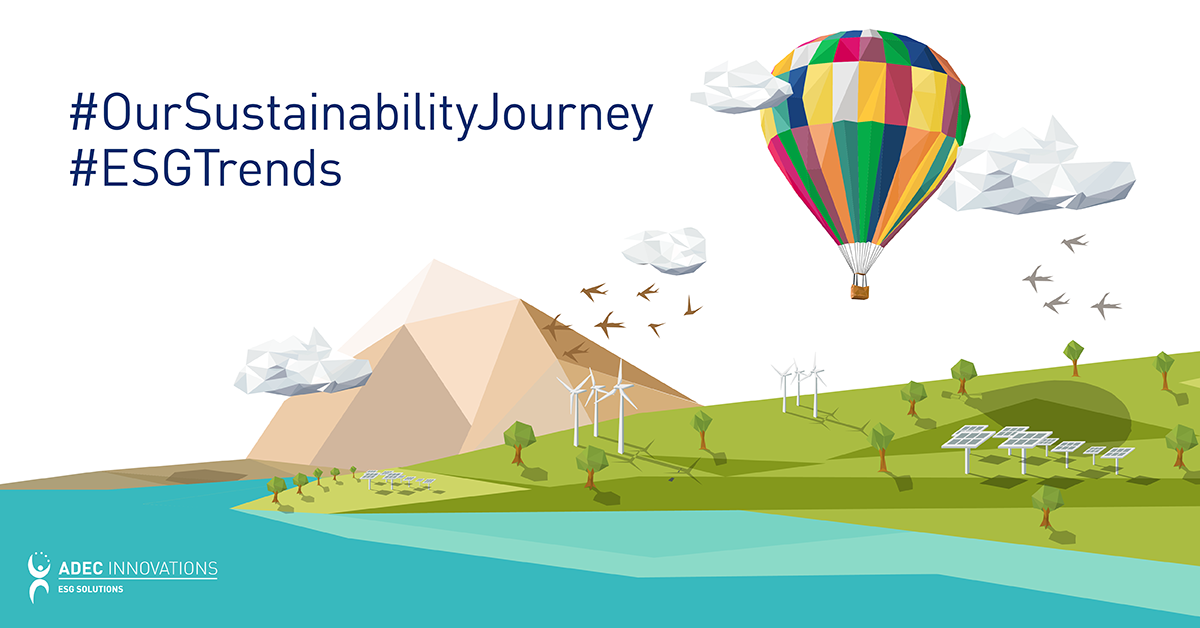Although scientists agree the planet is getting hotter, we will still need to keep warm in the immediate future since we will be experiencing extreme weather fluctuations causing events like power outages. Energy conservation makes sense because it means you can ride the unpredictability a little better. It also means you are spending less money on energy through energy management.
Get your heating system ready
There is no point in paying for energy you are not using! New thermostats have multiple settings to cater to your temperature needs as well as your lifestyle which is key to energy management and energy efficiency of home appliances. For energy conservation and energy efficiency, set the thermostat to 21C (70F) or lower when you leave your home in the morning and when you go to bed. You can also raise the temperature to 24C (75F) when you get up in the morning and when you will be around the house wearing more than a t-shirt. This is a simple way to manage your energy consumption without discomfort or effort.
When you turn off your air conditioner, wait a few days before you turn on the heat. This is a simple energy management tip that could reduce your heat consumption. Your house has retained some residual heat from the summer, so not only do you get to enjoy the quiet of not having any machines on but also reduce your energy consumption.
Remember to switch off the air conditioner breaker to reduce energy consumption so you don’t pay for vampire electricity over the winter. That stand-by power can add up on your bill! As an energy management practice I also put a sign in the furnace room to remind me to turn the breaker back on when I turn on the air conditioner at the start of a heat wave.
Another energy management tip is to check your furnace’s air filters on a regular basis, and replace them when discoloured. A clean filter increases the amount of hot air that gets distributed throughout the house. It is also a cheap way to ensure that 100% of the heat your furnace makes is being used. Your furnace won’t have to work as hard to keep your home warm at the desired temperature, making it energy-efficient.
You should also remove your floor vent covers and check whether there is a gap between the floor and the duct. If there is one, fill the gap with foam or newspapers to prevent hot air seepage which causes you more energy consumption. Partially close your floor vents to rooms on the second floor that you don’t use as often.
Insulate your attic and garage
Heat rises, and you can prevent the heat from escaping your house by having sufficient insulation in your attic, helping you achieve energy-efficient heating. If your house is more than 10 years old, it is worthwhile to check whether the attic insulation meets current R-factor standards. Over time, energy management standards have improved and the material degrades. Ensure that your contractor clears the ventilation in the soffits for optimum airflow circulation.
The garage is not part of your house, and yet it is. If you have a room above the garage, the cold air from your garage will make that room colder than the rest of the house, so it makes sense, as an energy management practice, to insulate the garage walls and ceiling just like the rest of the house.
I once checked the temperature inside the garage and found it was exactly the same as the temperature outside! I taped a layer of insulation on each of the garage door panels and increased the temperature inside the garage by seven degrees C. That insulation made it more comfortable to get into a cold car, and warmed the air coming into the house from the garage. With this simple energy management practice, my heating bill was lower.
Cover your windows and hot water pipes
Your windows are the biggest source of heat loss in your house. Even if you have energy-efficient windows, there are still losses over time.
I found I was able to reduce my heating bills and my energy consumption by keeping the window blinds down in the winter. The extra layer of fabric warms the air before coming into the room. If it is very cold you can draw the curtains as well.
It takes a lot of energy to heat water, and as soon as the water leaves the hot water heater, it cools down as it moves through the pipes in the house to the dishwasher, sink, shower, etc. In fact, you are wasting two forms of energy, heat and water, when you want to use less of both in energy management.
Your hot water pipes can be wrapped with polyethylene tubes to prevent heat loss. Ideally, these pipe wraps are put on during the construction stage of your house before the drywall goes in. Otherwise, wrap the hot water pipe as far as you can from the hot water heater and under the sinks.
Conserving energy means you will spend less money on energy and improve the livability of your house. All it takes to make a difference in energy management is a shift in perspective.
FirstCarbon Solutions (FCS) is a leading sustainability solutions provider with expertise in climate change solutions that help reduce an organization’s carbon footprint. With our background in energy management, we help organizations adapt sustainable energy practices in their daily operations to help mitigate the harmful effects of climate change and positively impact their bottom line. To stay current on how energy management can improve efficiencies across your organization, subscribe to our monthly newsletter, GreenWatch.




